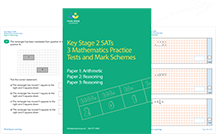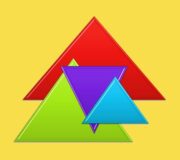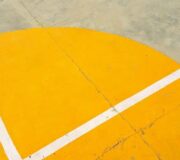How To Teach KS2 Area And Perimeter: A Guide For Primary Teachers
Area and perimeter in KS2 form an important part of the primary maths national curriculum. To help you with your maths planning we have created the only place you will need to go to for tips on how to teach these topics in primary school.
Teaching area and perimeter in KS2 can be a surprisingly tricky task.
On the one hand it lends itself very much to doing active and practical lessons – getting to grips with using rulers and darting around the room measuring chairs and tables – which the students tend to love.
However, it also needs to progress to a concrete understanding of the mathematics involved, which can then be applied to multiple scenarios and word problems using known number facts such as multiplication.
Then it starts to get more complex.
When the shapes stop being perfect regular squares and rectangles, and measurements stop being in whole digits, it all gets a bit messy.
So, although practical tasks are a brilliant introduction and work well alongside all stages of progression, getting the maths mastered, fully understood, and embedded early on really is fundamental.
This guide to teaching area and perimeter for KS2 breaks down what each year group is expected to learn in these topics, and gives you activities that work alongside the national curriculum for England to ensure that your pupils are progressing consistently.
KS2 Maths SATs Practice Papers (Set of 3)
Be prepared for the KS2 SATs Assessments with this pack of three papers. It contains 1 Arithmetic and 2 Reasoning Papers for you to use with your class!
Download Free Now!KS2 Area and Perimeter Year 3
National Curriculum requirements for Year 3:
The national curriculum contains both statutory requirements and non statutory guidance.
Statutory Requirements – Pupils should be taught to:
- Measure, compare, add and subtract: lengths (m/cm/mm); mass (kg/g); volume/capacity (l/ml)
- Measure the perimeter of simple 2-D shapes
Guidance (non-statutory):
Primary pupils should continue to measure using the appropriate tools and units, progressing to using a wider range of measures, including comparing and using mixed units (for example, 1 kg and 200g) and simple equivalents of mixed units (for example, 5m = 500cm).
The comparison of measures includes simple scaling by integers (for example, a given quantity or measure is twice as long or five times as high) and this connects to multiplication.
Practical area and perimeter lesson ideas for Year 3:
When introducing perimeter in Year 3 it is a great time to start with practical tasks such as measuring things.
However, you need to be careful.
Make sure that the items you are measuring are in fact regular shapes as more complicated shapes could cause confusion at this point.
Asking pupils to just go around measuring chairs and tables in the classroom for example, can confuse those who need the most support before they have even started.
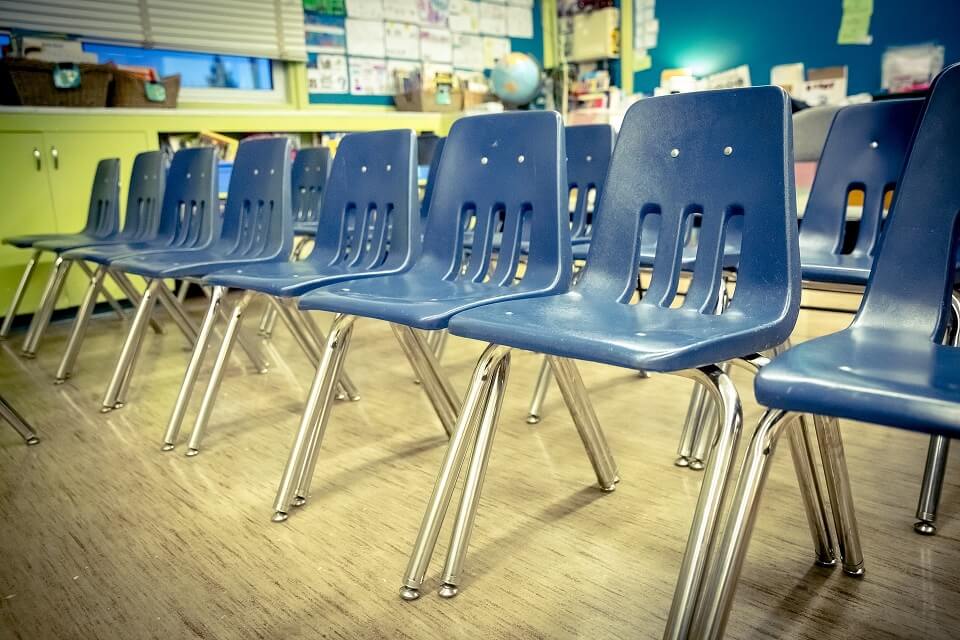
Often chairs and tables are NOT perfectly equal on each side, have slightly rounded corners which also means they may measure 4.7cm on one side and 4.9cm on the opposite side.
Although not a problem when dealing simply with measuring perimeter, this will cause issues when you start to look at regular shapes on paper and in tests where only some of the measurements are given – as pupils will not assume the other sides are exactly the same.
You will also want to avoid using the common 2D shaped plastic trays often used in classrooms. Whilst they are good for teaching shape properties at a basic level, they are technically 3D shapes (as they have to be in order for you to hold them).
This then throws up the question of whether to measure the depth of the shape for perimeter and so on which you don’t want to tackle yet.
An area and perimeter game – Sticky Shapes!
A good trick to solve this dilemma is to tape out some shapes onto the hall floor (or your classroom carpet if you have the space!) for pupils to measure. Masking tape works best as you can write names of sides on them.
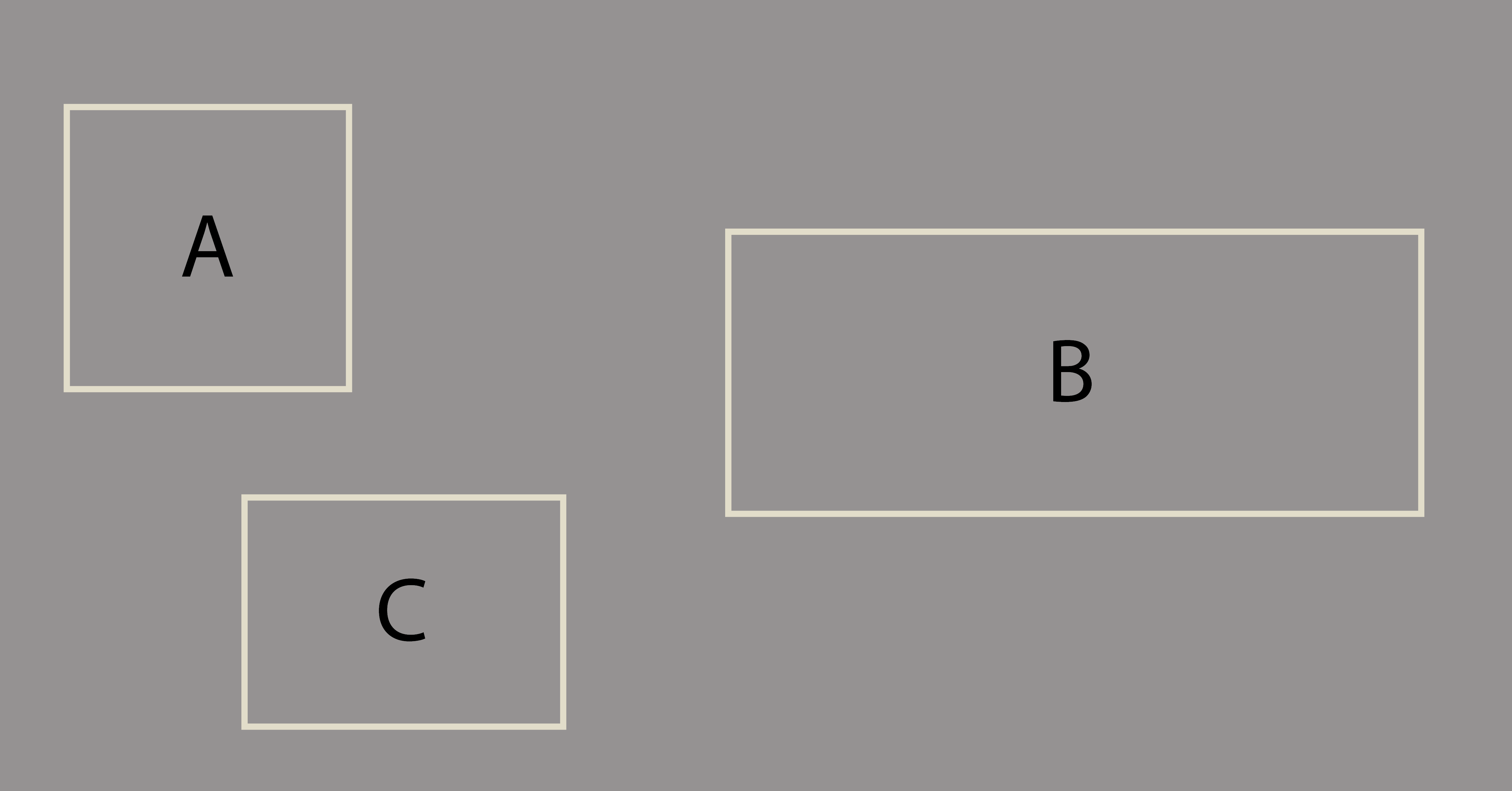
You will have carefully measured them out while taping them so you know all the measurements before the lesson begins.
Label them A, B, C and so on.
Then it is time to bring in your pupils, equipped with rulers, to measure up each of the sides. At this stage if you are introducing the concept it is good to give them a table to complete which contains the labels given to each side.
Here’s an example:
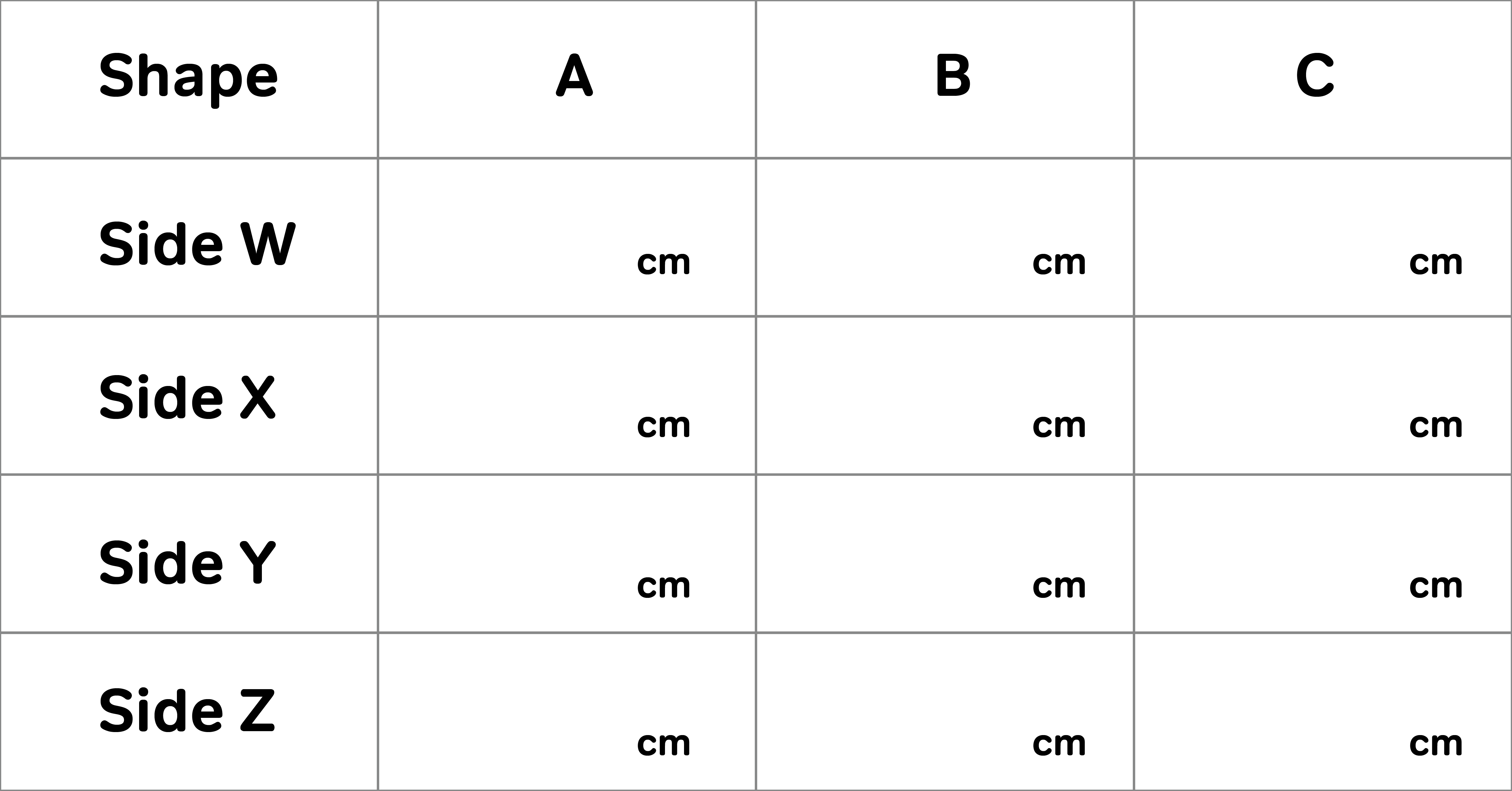
This enables the pupils to fill in the length of each side, and in this example, the shapes would all be regular and four sided.
However, you may have more than four sides for some shapes so make sure you explain that in these cases they should all be the same, and you will need to alter your table as is needed.
The theory behind teaching area and perimeter to Year 3:
Once your pupils have measured all the shapes and completed the table, draw the shapes up on the whiteboard.
Ask your pupils to share the lengths for the shape corresponding to the one you have drawn on the whiteboard. Then, the next step is to walk them through how we use those measurements to find the perimeter of the shape and then the area.
You would do this over a few lessons in the first instance. Looking at perimeter first as a “Side w + side x + side y + side z = Perimeter” number sentence.
KS2 Area and Perimeter Year 4
National Curriculum requirements for Year 4:
The national curriculum contains both statutory requirements and non statutory guidance.
Statutory Requirements – Pupils should be taught to:
- Convert between different units of measure [for example, kilometre to metre; hour to minute]
- Measure and calculate the perimeter of a rectilinear figure (including squares) in centimetres and metres
- Find the area of rectilinear shapes by counting squares
Guidance (non-statutory):
Perimeter can be expressed algebraically as 2(a + b) where a and b are the dimensions in the same unit.
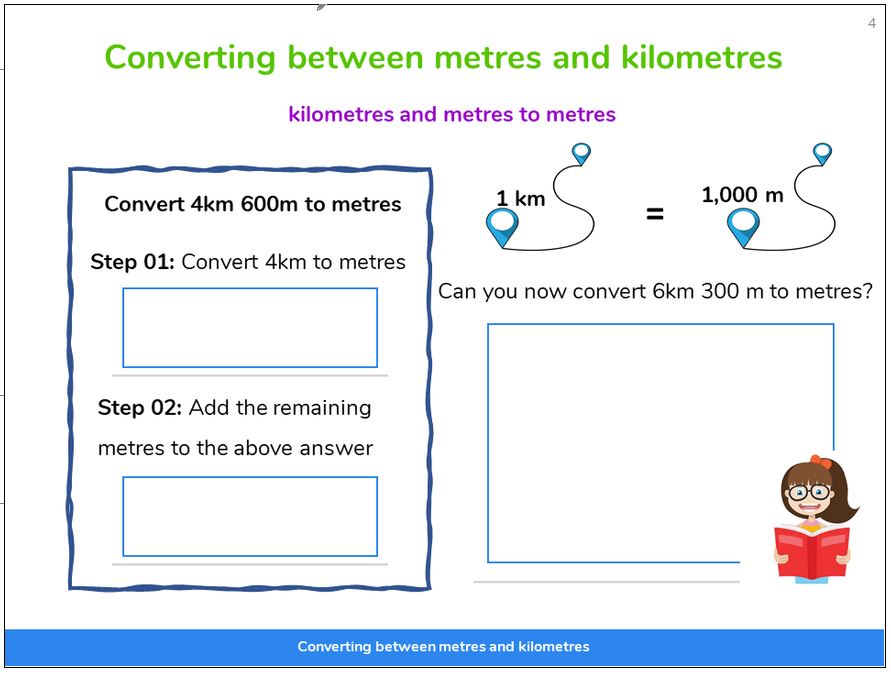
Practical area and perimeter lesson ideas for Year 4
As well as lots of practice measuring and calculating perimeters, building on work in Year 3, in Year 4 we introduce counting squares as a way to find the area of shapes.
A simple way to introduce this is on squared paper with some shapes you create, then moving to the pupils creating their own shapes and designs which they can then find the area of.
If you want to make this topical then Christmas is a nice time to ask them to design a Christmas tree – using only full and diagonally-halved squares when they are confident with just whole squares.
This also lends itself to symmetry work for a bonus maths double! You could give them half the tree and ask them to colour in the other half as a mirror image and then find the area of the full tree.
If Christmas is still a while away when you are reading this post, the you can simply use another tree or get history involved and create the pyramids!
The theory behind teaching area and perimeter to Year 4
When giving out shapes for pupils to find the area of by counting squares, include plenty of regular shapes, alongside irregular ones, and ask them to find the perimeter of these as well as the area.
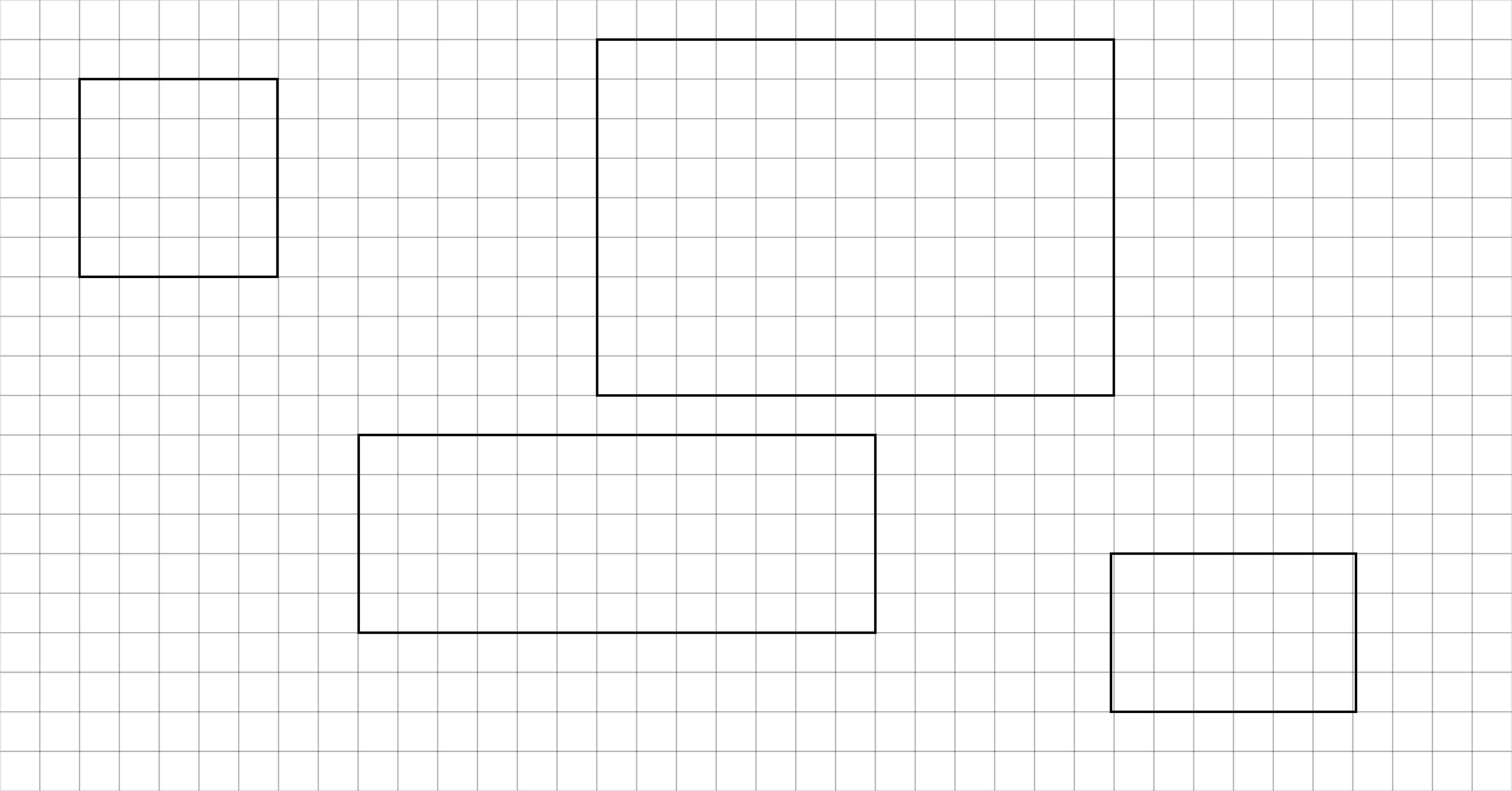
With carefully chosen examples you can then look for patterns in area and explore the link between their times tables knowledge and the area of regular shapes.
This is also a good time to introduce the algebraic function of 2(a + b) to find perimeter. If you do the link to symmetry in the practical as explained above, this also helps to reinforce why the ‘2’ is important here and you can look at which shapes this works for and which it does not from your variety of options.
This often looks like a lot to cram into a couple of lessons but actually when doing the practical with enough examples pupils tend to start finding patterns and rules for themselves and explaining them.
KS2 Area and Perimeter Year 5
National Curriculum requirements for Year 5:
The national curriculum contains both statutory requirements and non statutory guidance.
Statutory Requirements – Pupils should be taught to:
- Convert between different units of metric measure (for example, kilometre and metre; centimetre and metre; centimetre and millimetre; gram and kilogram; litre and millilitre)
- Understand and use approximate equivalences between metric units and common imperial units such as inches, pounds and pints
- Measure and calculate the perimeter of composite rectilinear shapes in centimetres and metres
- Calculate and compare the area of rectangles (including squares), and including using standard units, square centimetres (cm2 ) and square metres (m2 ) and estimate the area of irregular shapes
Guidance (non-statutory):
Pupils should be able to calculate the perimeter of shapes at KS2, namely rectangles and related composite shapes, including using the relations of perimeter or area to find unknown lengths.
Missing measures questions such as these can be expressed algebraically, for example 4 + 2b = 20 for a rectangle of sides 2 cm and b cm, and a perimeter of 20cm.
Pupils should also be able to calculate the area from scale drawings using given measurements.
Practical area and perimeter lesson ideas for Year 5
In Year 5 it is important to introduce a more problem solving approach to area and perimeter questions.
This is in order to encourage flexibility of thinking for those students who still think of perimeter and area as only being easy to find and estimate if it is a regular shape.
There are two different approaches I like to use for this:
1. Give pupils squared paper and ask them to make as many variations of shapes as they can with a set amount of squares coloured in.
For example, see how many ways you can lay out 4 squares. Once they have had some time at this – and likely come up with the obvious versions such as 4 squares in a line, in a 2×2 square, in an ‘L’ shape etc…remind them that they could also colour some half squares to make new shapes so long as a total of 4 is used.
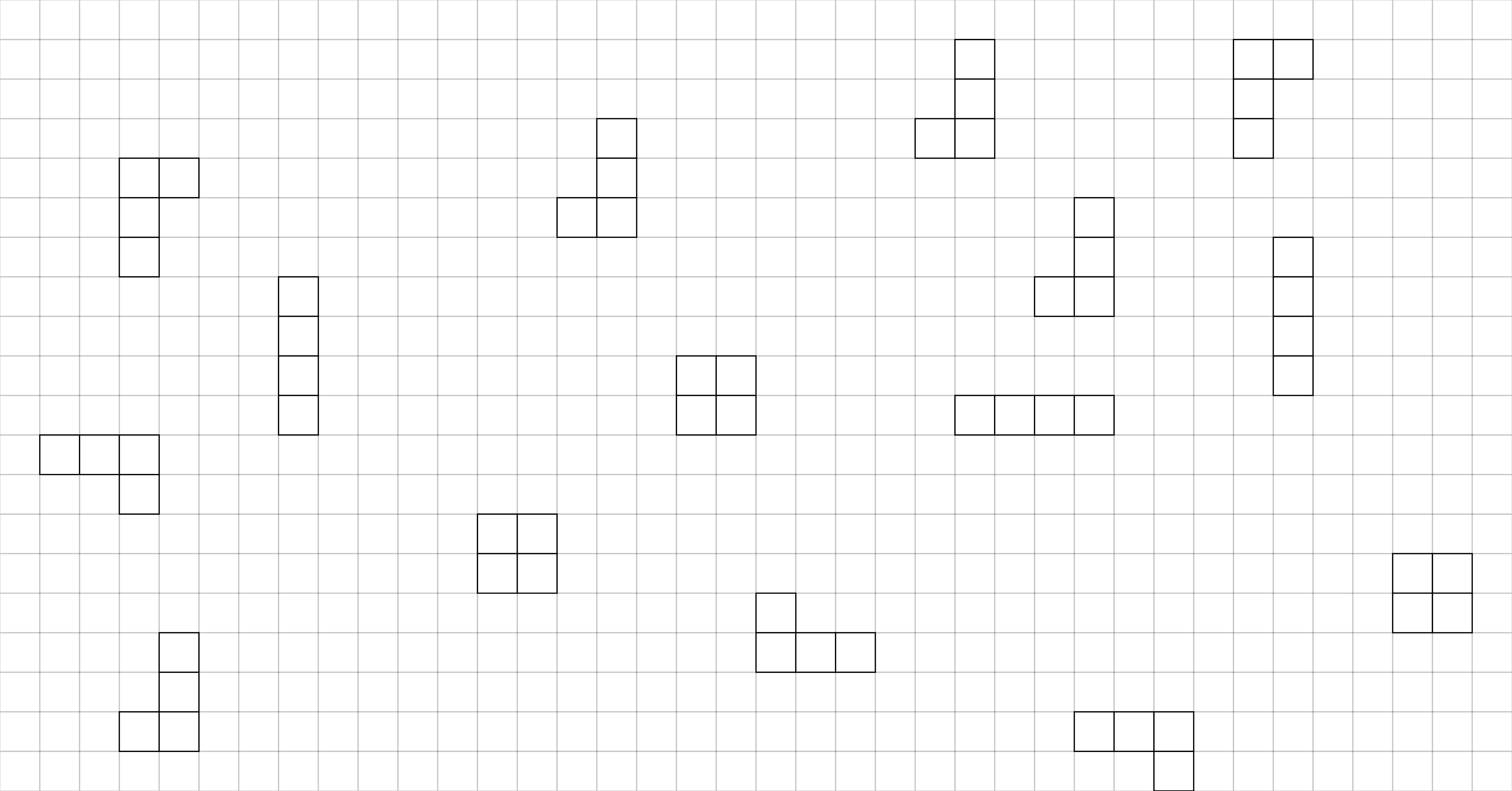
They will now create some more wild and wacky examples no doubt! You can then challenge them to make some shapes using 5 squares, 6 squares, and so on (not necessarily in order). This will help students to realise that compound shapes and totally irregular shapes can all have the same areas.
2. Introduce word problems which require them to apply their knowledge of calculating perimeter and area alongside problem solving skills.
For example give out some scale drawings of your house and ask a number of questions such as:
I need to order new carpet for my lounge and stairs, so how much will I need to order?
I need some skirting board to go round the edge of the room once the carpet it is, so how much will I need to order if they sell it in lengths of 3m?
You could also include prices for an extension task and ask them to price up the best bargains when given some prices in m and some in cm so that they need to do conversions.
The theory behind teaching area and perimeter to Year 5
It is important for pupils to move away from more regular shapes but also use them in compound shape problems.
Therefore, allowing pupils to cut out shapes from their squared paper OR use dienes cubes to support them can help them to “see” the physical space they are dealing with.
Lego also works well for this – I know this sounds more practical than theoretical now but it really is often the way to get the theory in more explicitly – and can then be used to relate the practical to the number sentences and algebra used with perimeter and area.
Be careful with Lego and similar physical tools though, as it is important that they are used for the theory to aid the number sentences and not the measuring skills as they are not square when looking at them from the side.
KS2 Area and Perimeter Year 6
National Curriculum requirements for Year 6:
The national curriculum contains both statutory requirements and non statutory guidance.
Statutory Requirements – Pupils should be taught to:
- Solve problems involving the calculation and conversion of units of measure, using decimal notation up to three decimal places where appropriate
- Use, read, write and convert between standard units, converting measurements of length, mass, volume and time from a smaller unit of measure to a larger unit, and vice versa, using decimal notation to up to three decimal places
- Convert between miles and kilometres
- Recognise that shapes with the same areas can have different perimeters and vice versa
Guidance (non-statutory):
They relate the area of rectangles to parallelograms and triangles, for example, by dissection, and calculate their areas, understanding and using the formulae (in words or symbols) to do this.
Practical area and perimeter lesson ideas for Year 6
In Year 6 we are getting close to test scenarios so it is vital that pupils are able to manipulate their knowledge of area and perimeter.
So now it is key to ensure they are confident applying both the practical (measuring) and the theoretical (calculating and using algebra), and it is useful to practice this with a variety of shapes with missing information.
Some could be compound shapes with some lines not marked while others have a mixture of mm and cm, forcing them to make conversions before working out the missing measurements.
Others could have some shaded sections within a regular shape such as a rectangle.
They can then use their knowledge to work out the area and missing perimeter measurements. You should also ensure they have lots of practice of measuring shapes too.
Simply using a ruler to measure to good degrees of accuracy will be vital when the SATs come around.
Ensure they have plenty of chance to practice with irregular shapes and making estimates of area based on skeleton information.
The theory behind teaching area and perimeter to Year 6
You ideally want every pupil confident on the algebraic links with area and perimeter but realistically you will have some pupils who still struggle with that. Therefore, you should ensure they are really secure on the ‘long hand’ versions of working those out so that they can tackle any questions with a good degree of confidence.
Teaching KS2 area and perimeter – Remaining regular is key!
All of the above examples and ideas can, of course, be adapted throughout the years to show progression through the same activities applying increasing skill level with a wider range of shapes and compound shapes.
The key with area and perimeter, if I were to sum it up for me, would be to regularly practise to be sure pupils have the basics secure, and from that you can build and add ever more complex shapes.
As long as pupils can manipulate the mathematics on a basic shape then the skills required will build from there.
Often we try to chuck too many random factors in too early on – which is like trying to manipulate numbers without a secure grasp of number bonds.
So do not be afraid to spend lots of time on the “easy” shapes at the start until you are sure that everyone has a good grasp of the concepts before you move on.
This article is one of many available on the place to support excellent mastery teaching of KS2 maths. Topic guides also exist on teaching place value, multiplication and division and decimals at KS2.
DO YOU HAVE PUPILS WHO NEED MORE SUPPORT IN MATHS?
Every week Third Space Learning’s specialist primary maths tutors support thousands of students across hundreds of schools with weekly online 1 to 1 maths lessons designed to plug gaps and boost progress.
Since 2013 these personalised one to one lessons have helped over 150,000 primary and secondary students become more confident, able mathematicians.
Learn about the scaffolded lesson content or request a personalised quote for your school to speak to us about your school’s needs and how we can help.

